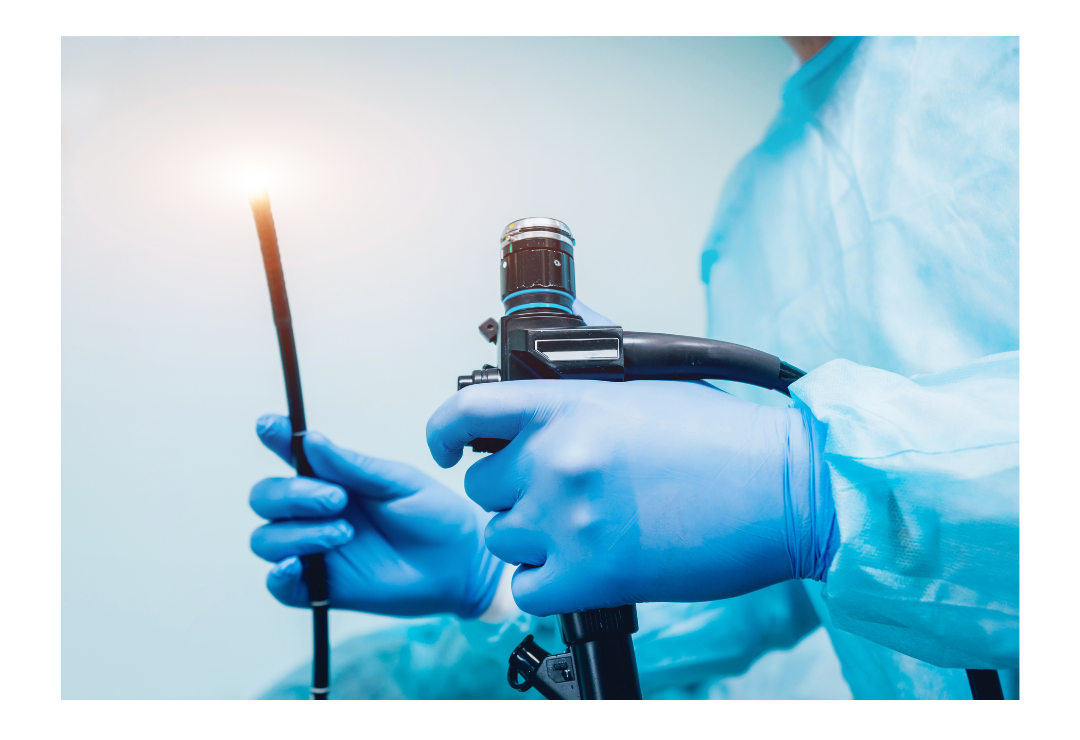
what is laparoscopic spay & neuter?

benefits of laparoscopic surgery
Reduced Pain: Explain how laparoscopic methods typically result in less post-operative pain.
Minimally Invasive: Fewer, smaller incisions lead to a lower risk of infection and faster healing.
Faster Recovery: Pets can often resume normal activities more quickly.
Improved Precision: Describe how the camera offers enhanced visibility, leading to greater accuracy during surgery.
Fun Fact: In laparoscopic spay and neuter surgeries, pets experience such minimal discomfort that they often need fewer pain medications afterward. This advanced approach not only speeds up their recovery but also means they’re back to their happy, active selves before you know it!
FAQS
Is laparoscopic spay and neuter safe for all pets?
Yes, laparoscopic procedures are generally very safe and are especially beneficial for healthy pets. However, as with any surgery, the best approach depends on each pet’s unique health and age. Our team will perform a thorough evaluation beforehand to ensure this minimally invasive option is the best fit for your pet.
How long does it take for my pet to recover after a laparoscopic spay or neuter?
Thanks to the smaller incisions and gentle handling of tissues, most pets recover much faster than with traditional surgeries. Typically, pets can return to their normal routines within a week, although it’s important to follow the specific post-operative guidelines we provide.
Is there a cost difference between laparoscopic and traditional spay/neuter procedures?
Laparoscopic spay and neuter surgeries generally cost more due to the advanced equipment, technology, and specialized training required. However, many pet owners find the benefits of reduced pain and faster recovery to be well worth the investment. But, don't worry, we do our best to provide affordable care.
Does my pet need to do a pre-operation exam before a laparoscopic spay or neuter?
Yes, a pre-operation exam is essential to ensure your pet is in optimal health for surgery. During this exam, our team will check for any underlying health conditions , running lab tests to confirm your pet can safely undergo anesthesia. This step helps us tailor the procedure to your pet’s specific needs, making the surgery as safe and smooth as possible.



